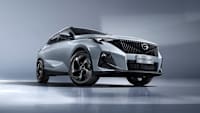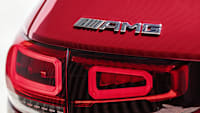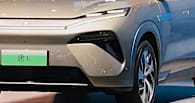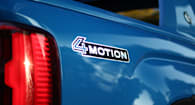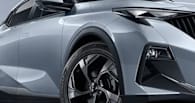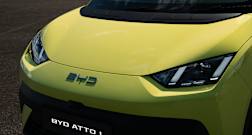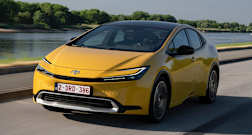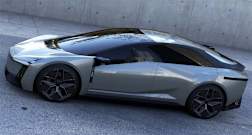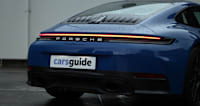Tesla has officially launched its Full Self-Driving (Supervised) semi-autonomous driving function in Australia and New Zealand and it’s now available for public use.
Australia and New Zealand are the first right-hand drive markets to receive FSD (Supervised). The EV carmaker had previously only offered it in left-hand drive markets, like the US.
In order to use this technology you need to own a Tesla Model 3 or Model Y with the newest Hardware 4 (HW4) camera system.
-
Huge change coming to Australian roads soon: Tesla about to launch Full Self Driving (Supervised) Down Under and we've tested it in a 2026 Tesla Model 3
-
Tesla launches red hot new variant
-
Car won't start because you haven't paid your monthly subscription fee? It could happen soon as Tesla, VW and Chinese brands start to bring in subscriptions for features that used to be free | Opinion
You also need to have purchased the $10,100 FSD (Supervised) package. A subscription option is also coming soon for $149 per month for eligible vehicles.
If both of those boxes have been ticked, eligible customers will be able to enable FSD (Supervised) with an over-the-air (OTA) update when connected to WiFi.
Using the on-board Tesla Vision surround-view camera system and a neural network, FSD (Supervised) “attempts” to drive to destinations by following road curves, stopping and negotiating intersections and roundabouts, making left and right turns.
It’s also able to stop at traffic lights and stop signs, plus it reacts to other vehicles, pedestrians and cyclists on the road.
Like regular adaptive cruise control, it’s able to keep a set distance between a car in front. However, the system is able to conduct lane changes as well.
Tesla stresses that FSD (Supervised) “does not make the vehicle autonomous” and it’s a “hands-on feature” that requires you to be fully attentive behind the wheel. You need to be ready to take immediate control of the vehicle.
The car uses its cabin camera to read how much attention the driver is paying to the road ahead.
Tesla claims it doesn’t require full visibility of the driver’s eyes in order to monitor attentiveness. This means the system stays fully active while wearing sunglasses, for example.
If the cabin camera can’t see the driver’s hand and arm locations, the central touchscreen will prompt the driver to periodically apply slight force to the steering wheel.
If a driver repeatedly looks away from the road, prompts will play saying to pay attention to the road. If these are ignored, they escalate in intensity, then display an alert message saying FSD (Supervised) is unavailable for the current drive.
In the worst case scenario, the car will sound a continuous chime, turn on the hazard lights and bring the car to a complete stop.
Tesla notes that drivers can be suspended from using FSD (Supervised) if improper use is detected. Five strikes are granted.
At this stage Tesla hasn’t detailed how older vehicles will be able to receive FSD (Supervised) approval despite owners being able to buy the package for years. It’s likely a retrofit option will be offered eventually.
Test drives of Tesla Model 3 and Model Y examples with FSD (Supervised) are now available at Tesla dealers around Australia.







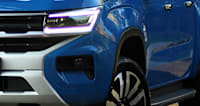
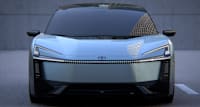
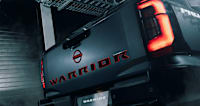

.jpg)


